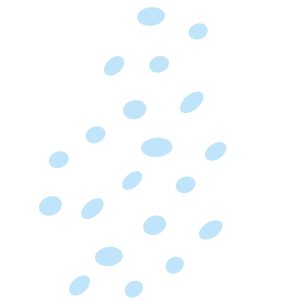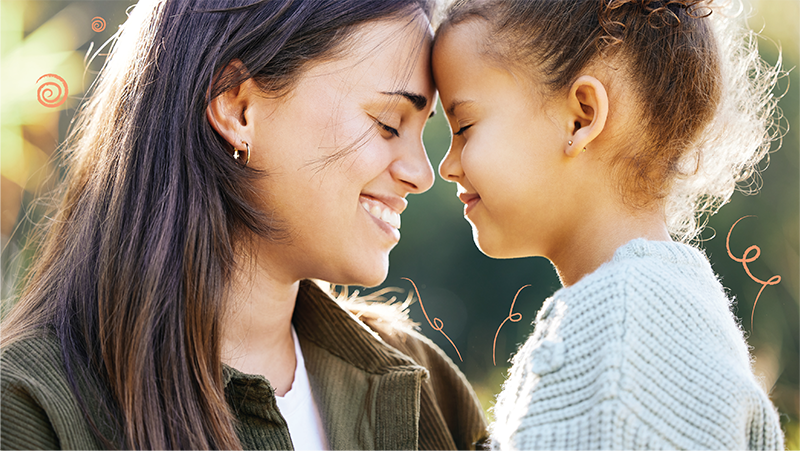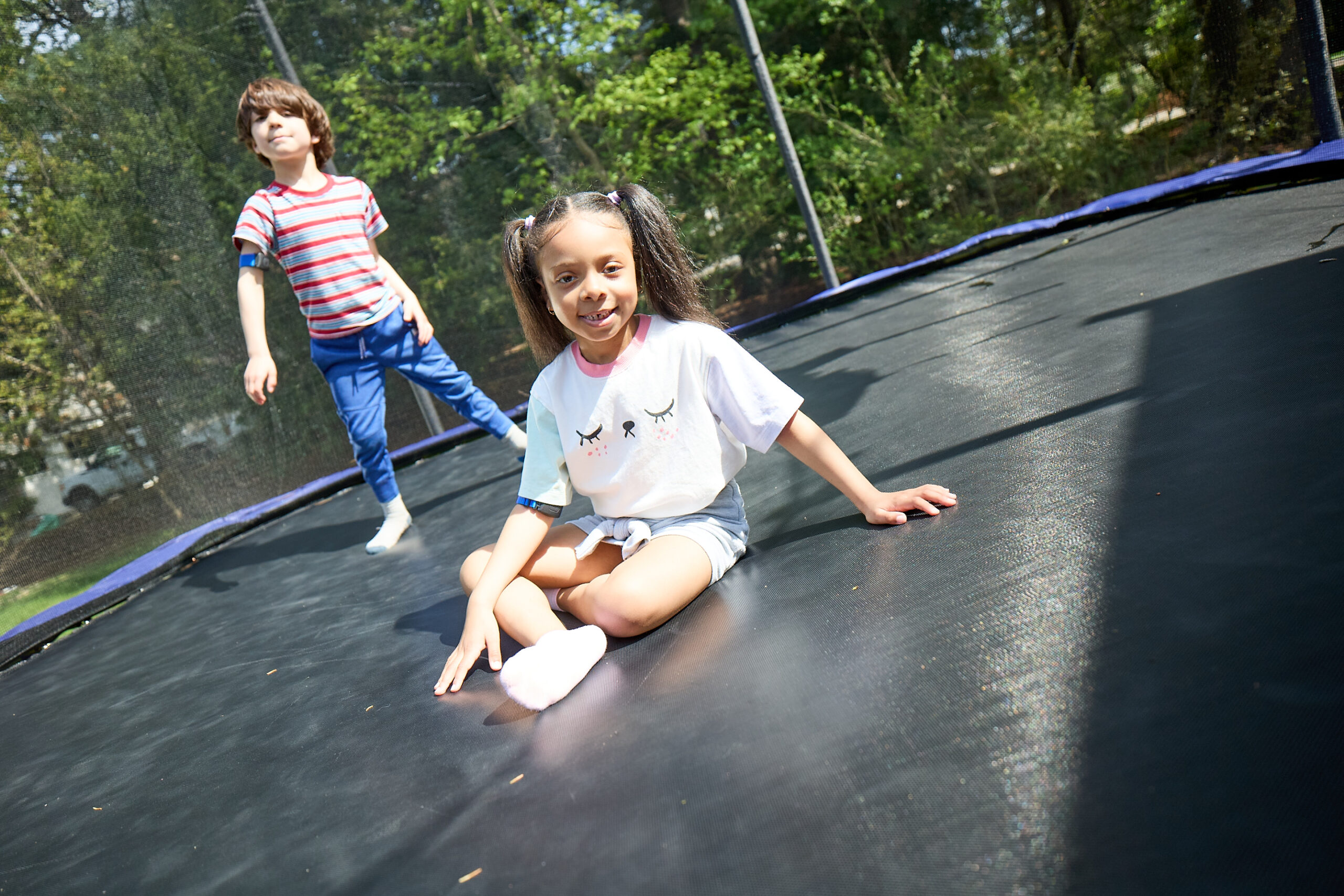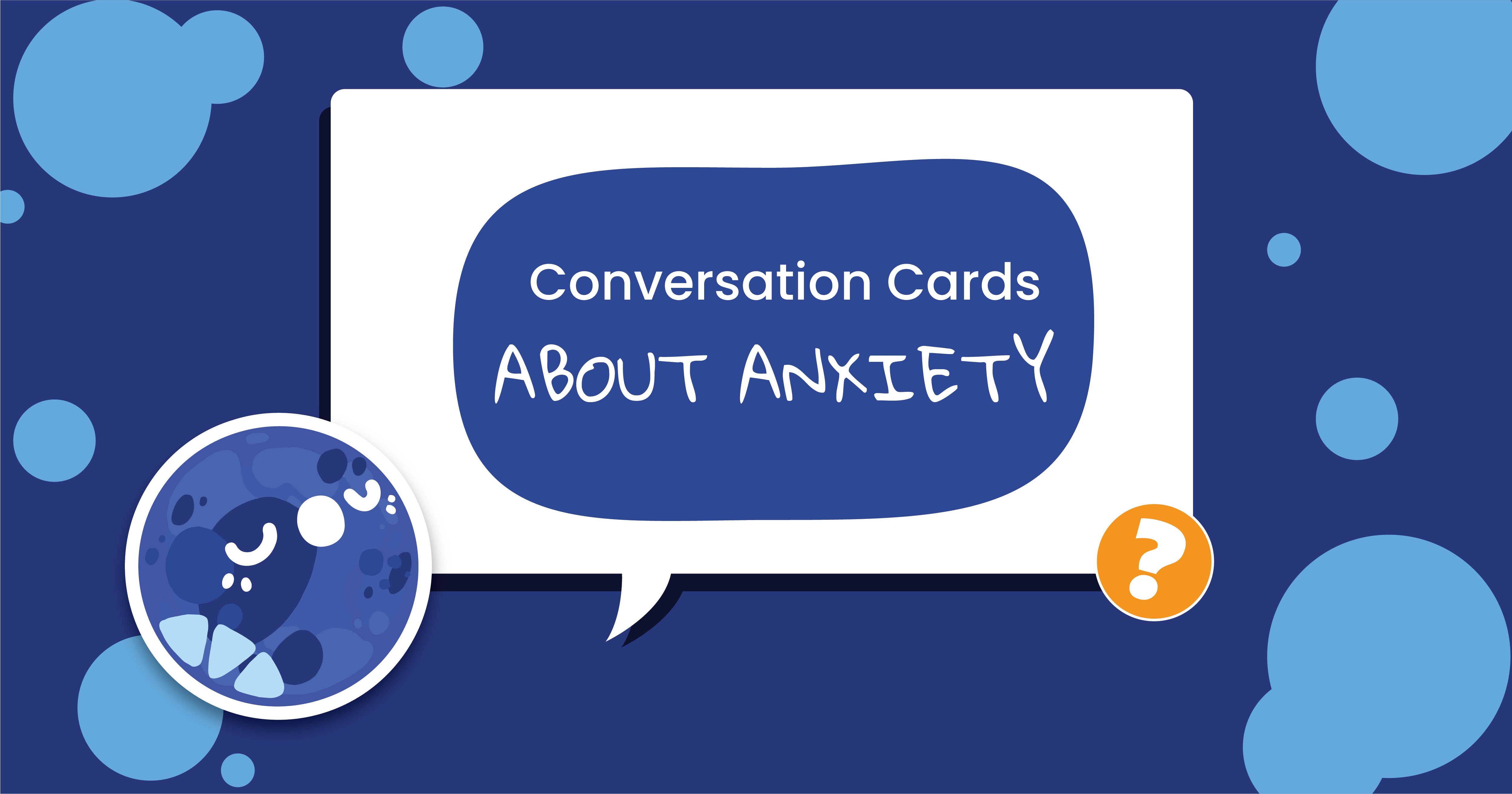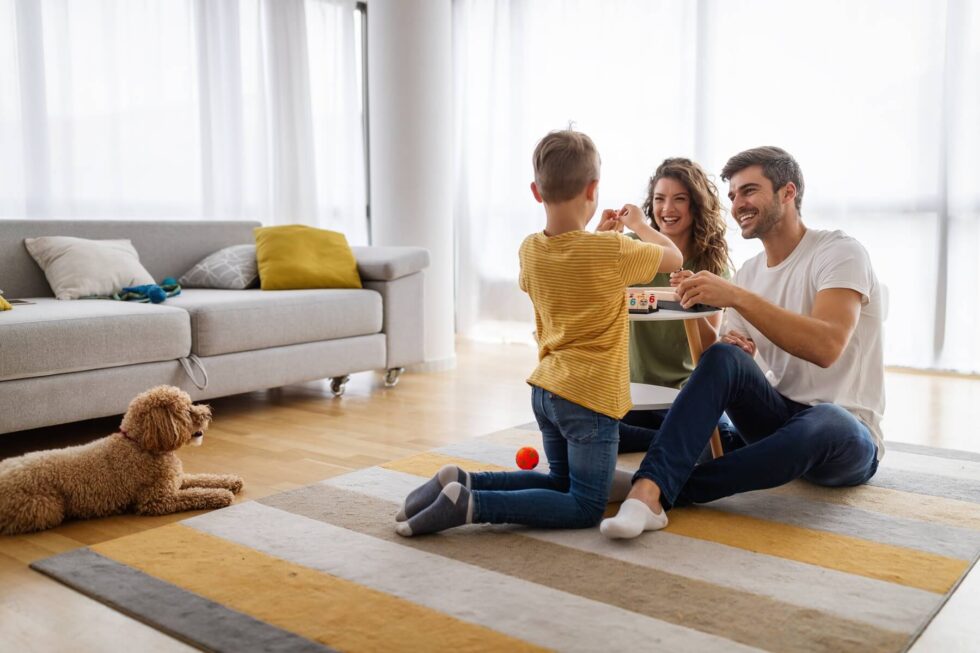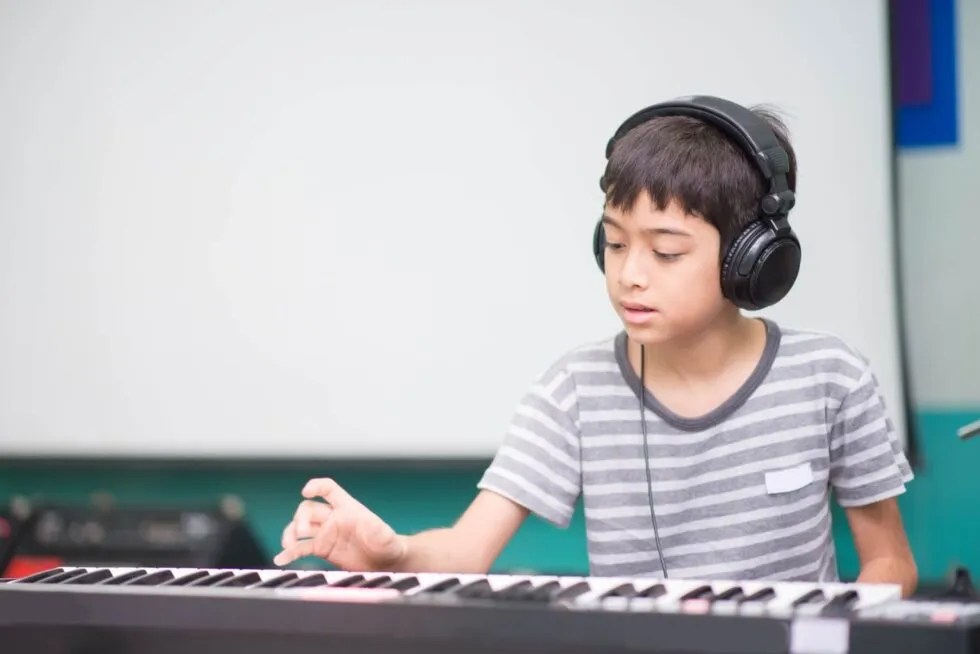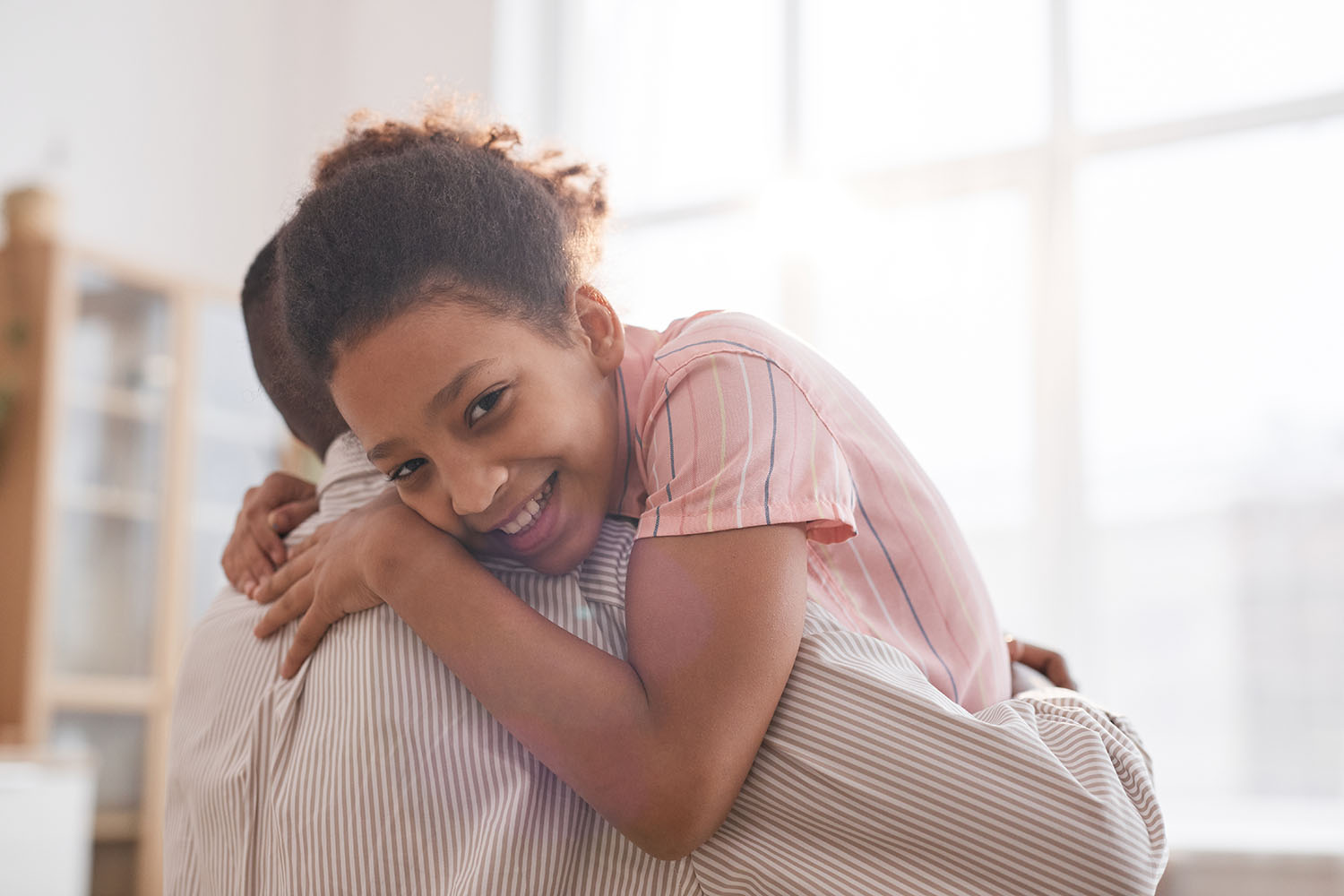Using children’s imagination and cognitive abilities to rework Halloween fears
Childhood is a time of wonder, imagination, exploring the world and making sense of things. It’s a magical time, but the flip side of having a strong imagination and developing sense of the world can mean getting easily frightened and having a hard time distinguishing between real and imagined threats. Critical thinking, perspective taking, emotional control, flexibility of thought, and the ability to sort through different types of information to make sense of something are all cognitive abilities still in the process of developing in children’s brains. What does all that mean for Halloween themes, costumes and stories? It means Halloween can be awesome and fun and exciting… and sometimes really scary!
Here are some common childhood fears associated with Halloween, paired with developmentally appropriate strategies to help children feel calmer and more confident this spooky season.
The dark. Let’s be realistic about this one, darkness’s ability to hide things from view makes it a perfect backdrop for imaginations and worries to run wild. There’s an instinctual basis for this as well since our brains would prefer to see and make sense of everything around us. So, whether your child is afraid of the dark all the time, or specifically afraid of the dark when paired with scary costumes and venturing out for trick-or-treating, here are some strategies to try:
- Find alternatives – Sometimes it just makes sense to have Halloween fun during the day, or inside with good lighting, when everything is out in the open and easier to make sense of. This allows children to enjoy those exciting elements of costumes, running around, and gathering goodies without worrying about what they can’t see.
- Create light – Fear tends to have a captivating effect, and it can be hard for children to shift their focus and attention away from the thing they feel scared about. In terms of being afraid of the dark, helping children to find and focus on the light around them can be a way to redirect their thoughts, in turn helping to alleviate their fears. Focus on porch lights, bring flashlights, or wear light-up costumes that grab their attention. Make sure that you are always visible to your child as well as you are their forever safe space and person.
Scary masks. Halloween masks are often meant to be scary and to frighten people. That’s great when it comes to adults who might enjoy the exhilaration of Halloween fright, and who also have a clear sense of reality and make-believe. For children, however, those lines are incredibly blurred. Their wonderful imaginations can have a really difficult time understanding that a scary mask is just a mask with a person behind it instead of an actual scary creature. They just don’t have the cognitive processing abilities yet to reason their way to what’s real and what’s fake, especially during emotionally charged moments. Here are some strategies that work with your child’s developmental abilities, not against them, in understanding Halloween masks:
- Explore and create masks together. Before Halloween arrives, spend time creating masks with your child. Make different shapes, color them in, decorate them, and take turns wearing the masks and taking them on and off. Playfully engaging your child in this process lets them build an understanding for what masks are and how they work.
Monsters. Similar to how children’s imaginations can create characters, storylines, and imaginary friends, they can also create scary monsters. Again, this is a child’s process of making sense of their world and processing thoughts. As adults we can calmly and reasonably say, “Monsters aren’t real, there’s nothing to worry about,” but that might not translate effectively for a child whose imagination has them truly believing there’s a monster out there. While comforting and reassuring children that they are safe is always important, here are some strategies to prepare them so their imaginations learn how to fight off or transform monsters all on their own.
- Use that imagination. If your child’s imagination has created a monster, help them use their imagination to conquer that monster as well. This could look like role playing, getting to know the monster and finding out it’s not so scary, or helping your child imagine their own strengths and protective factors that allow them to walk untouched by any monster out there. Talk through and practice these things with your child when they are calm as this is when their brain is best able to think creatively about alternative story lines.
- Transform the monster. If your child has a specific fear or monster they can describe, let them describe it. Drawing, naming, and turning their fear into something more concrete moves it out of the shadows and onto paper. This can then allow for conversation about the monster, who it is, where it came from, and possibly a process of dealing with, taming, or calming the monster.
Fear is a normal and developmentally appropriate childhood emotion. It’s important to always validate and listen to children’s worries and concerns, never suggesting they are unreasonable or unfounded. Additionally, if you are concerned about the level of your child’s worry, or have specific concerns about the nature or reasons behind their worries, speak to your child’s pediatrician or trusted care provider.



